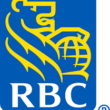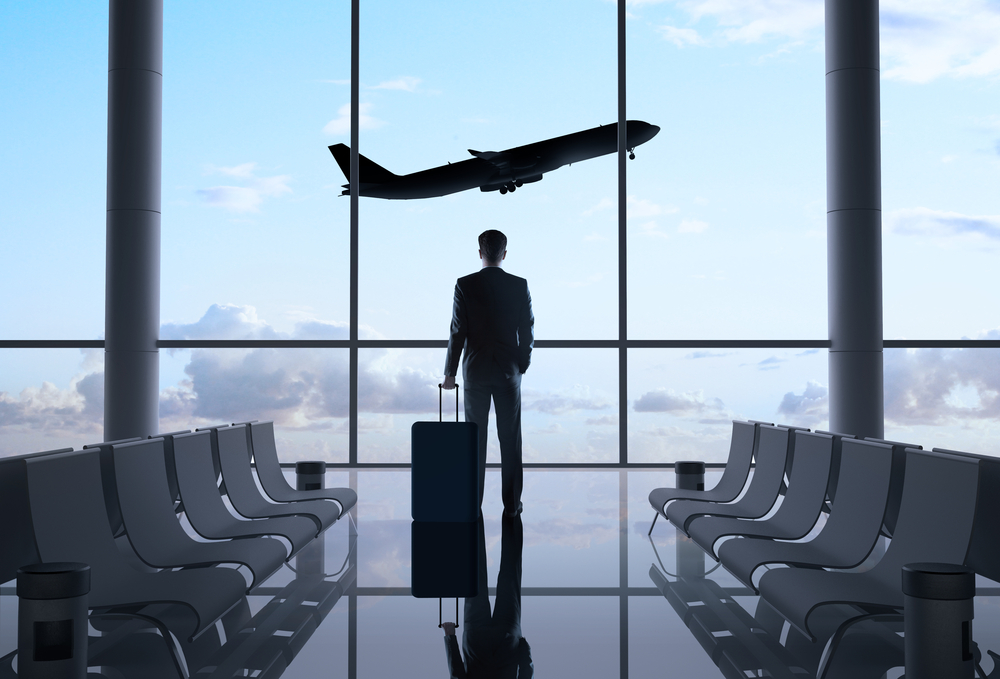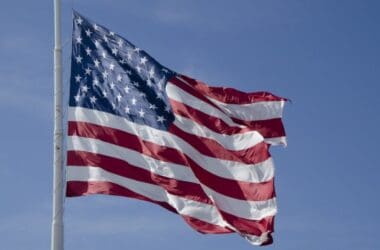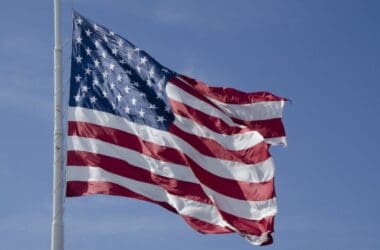As much as 2015 was a defining year for airline loyalty, 2016 holds even more promise…… or peril…. depending on your perspective. Rather than the single greatest marketing innovation “ever,” frequent flyer programs as they’ve historically been structured may turn out to simply be the single greatest marketing innovation of the early 1980s. (Feature image credit: Shutterstock)
What Happened to Airline Loyalty Programs?
A confluence of events that has been building for years.
A focus on financials – Over time in the late 80s to very early 2000s, airline management tilted away from operations and marketing people running things to an environment where managers with a focus on finance took control. While there were a few fits and starts, generally, those financial managers began to question historical business practices and make changes to them that flowed to the bottom line of airlines. If an individual route was no longer profitable or enabling the airline to maximize profitability using its very expensive aircraft assets, it was no longer flown. That financial focus also included investments in gaining a deeper understanding of the net value to the bottom line of individual customers.
Increasing load factors – In 1981, the year American introduced AAdvantage, the average industry load factor was just under 60 percent. The basic idea of an airline loyalty program was based on the knowledge that the airlines had a significant amount of inventory to give away. Now, average load factors routinely exceed 80 percent which really means your most popular flights and markets are operating essentially full. (No, I’m not ignoring the fact that sometimes airlines are holding award seats back even when load factors allow as Gary’s piece on AA’s LAX-SYD flight pointed out. More on that in a minute. ETA: There’s been a development on this specific example. Act fast.)
A changed competitive landscape – While I’m pretty sure the USA did not need the number of airlines it had in 1978, the facts are that we are now down to four airlines controlling a very large percentage of the market. Contrary to popular opinion, there are differences between them, and they do compete with each other, but the impact of consolidation on airline loyalty programs cannot be ignored. Airlines are not “fighting” with each other for every last customer in the same way they have in the past. In short, they are not showering frequent flyers with perks to attract business because they don’t have to.
The bottom line – Airlines are now doing what they were intended to do which is making money from flying customers between points on a map. A lot of painful structural change has taken place to make that happen.
What’s Ahead?
I’m not a pessimist by nature, but if you are expecting a return to the “good ol’ days” of airline loyalty, I’m afraid you’re going to be disappointed. The best thing that will happen in my opinion is that things may stop changing for the worse once American completes its revenue-based earning roll out later in 2016. A frequent aside you’ll hear is something like “just wait until the next recession” or “when the economy turns down, they’ll be back and begging us to fly.” While airlines could toss a few upgrades at us or bonus miles in the next downturn, I’m not banking on it. Could a terror attack, oil shock, or some other calamity negatively impact the airlines? Sure. Will the results be the same as they have been in the past? I’m not so sure, but it will be interesting to watch the staying power of the structural change that’s happened in the airline industry during the next economic test.
But About Loyalty
In the end, I’m not surprised that the airlines have moved in the direction they have. As I’ve pointed out here numerous times, I am not opposed to the idea of revenue-based loyalty programs. I am opposed to dirty pool, however. It is not lost on me that Alaska Airlines is arguably the best performing airline on the planet from an operational and financial perspective. They’ve put together that kind of performance while they still offer a traditional frequent flyer program. Go figure.
Revenue-based, mileage-based, or unicorn-based, the basic attraction of these programs is “free” travel. For some, that trip to Orlando with the kids is all that matters and that’s just as magical as a flight in Lufthansa first class for them. Others, including myself, want more. My expectations aren’t that high, probably based on years of experience working for airlines, but I digress. I do, however, expect more than a major airline not offering a low-level award seat on a route…….ever. The example Gary highlighted recently is a problem, and airlines need to address it. Otherwise, one could be forgiven for asking why they should bother with these programs at all?
I have never subscribed to the theory that airlines are just loyalty programs that operate airplanes. The structural changes that have happened in the industry in the last 10 years or so confirm that in my opinion. However, a little blurb towards the end of an article Joe Brancatelli penned recently caught my eye.
As one bank executive told me recently, airline credit cards are at a tipping point because banks now pay upwards of two cents each to buy those miles. “That’s close to unprofitable for us and very close to the point where banks may walk away” from the frequent flier game.
I’ve said here before that the airlines are just as addicted to selling their miles to banks as we are to earning them. Imagine a world where most of us focus on cash back or other cards. Now wouldn’t that be somethin’?
I look forward to reading your thoughts in the comments section.
-MJ, December 29, 2015











A very good post…because I agree with everything you say. Lol.
One important factor that I believe has not been mentioned is the Supreme Court decision in the NWA case that basically tells airlines they will not be held accountable for anything they do to customers in their ff programs. Airlines have no obligation to deal with us in good faith. They are not required to deal fairly with us. Without that precedent, airlines might fear that eviscerating their ff programs ad they seem intent on doing could lead to costly and risky litigation.
So in addition to the bean counters, the lawyers, I believe, have also been leading the charge to gut our ff benefits. The lawyers have probably also advised management to cut a little at a time so as not to stir widespread outrage that might invite some form of legislative or regulatory intervention on behalf of customers.
Marshall, I really enjoyed this post, I disagree with you, but I enjoyed the post.
I would offer that it’s been a long time (15 or so years) since we’ve seen a cycle downward. I’m not sure that anyone (airlines or most consumers) will remember what was last done in response to a downturn, and we may see more options like what American experimented with in 2015 – offer incentives to the high value travelers.
As far as banks moving away from buying frequent flyer miles, I think that well ebb and flow. With the economy doing well, they have to identify discriminators to attract high value spenders. Banks are also getting smarter with anti-churning provisions, which will offer greater protections going forward. Chase and Citi are two examples.
I would argue that frequent flyer programs are profitable for airlines. Moving to a revenue-based redemption program, similar to what Southwest and JetBlue have, and Delta and United are playing with, will have a negative impact on that profitability. Part of the reason that miles are valuable, is that aspirational value. If they lack said aspirational value, then how do you convince people to do irrational things to accumulate them? Why would I spend on my Delta AMEX for 1 skymile per dollar, when I can get 2% on my Fidelity AMEX, if each Delta Skymile is worth 1 penny? There are two points that provide key value for frequent flyer miles: (1) they are unregulated (value for airlines), and they provide aspirational opportunities (value for customers). Take one or the other away, and someone loses. Leave them both, then there is the illusion of value for both sides.
I’d take the claims of paying over two cents per mile with a grain of salt. For starters, regular people often have the opportunity to buy miles for about two cents each. Is it really credible that the banks buying billions of dollars worth of miles don’t get an enormous discount? It seems unlikely. Also, banks don’t normally even get two percent on a transaction. Why push something that’s directly causing you to lose money? Further, why offer spending bonuses to spend even more money on these money losing cards if the bank is taking pure losses? Wouldn’t Chase, for instance, be better off coming out with, and pushing really hard on a two percent card like Capitol One? Put these factors together, and you have what looks like some major disinformation.
Christian,
I don’t buy the “2 cent” price either. The quote was really meant to be a thought-provoker/conversation starter as much as anything.
THIS! This is what the bean counters at Delta just don’t get. They are so proud of SkyMiles becoming a “live currency” so you can spend them at 1 cent each in the Sky Clubs for drinks and such. No thanks. They have made aspirational awards soon out of reach at 1 cent value each. Who would ever collect $kyRubles at this rate when you can get 2,3,5 or more cent value at other bank programs. As Gary Leff often says, airlines are NOT a rebate program – but they all seem to think they are. Sad!